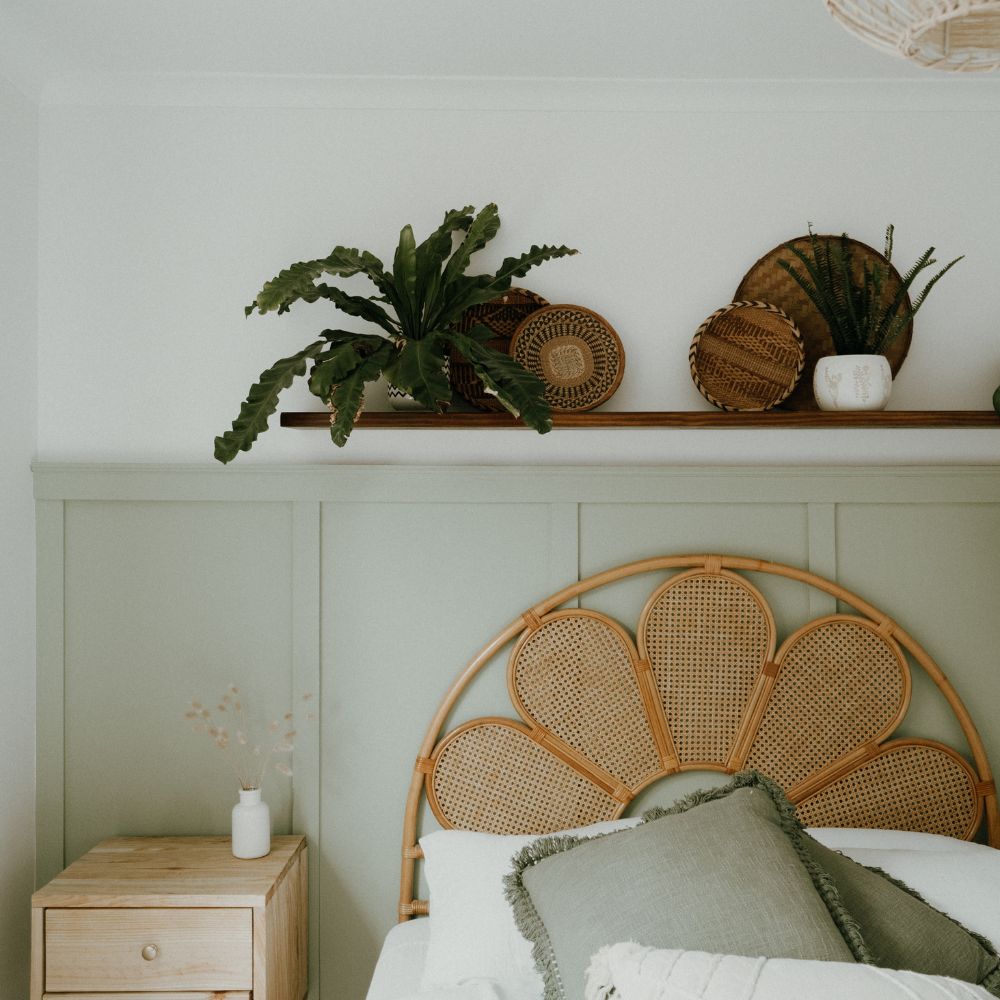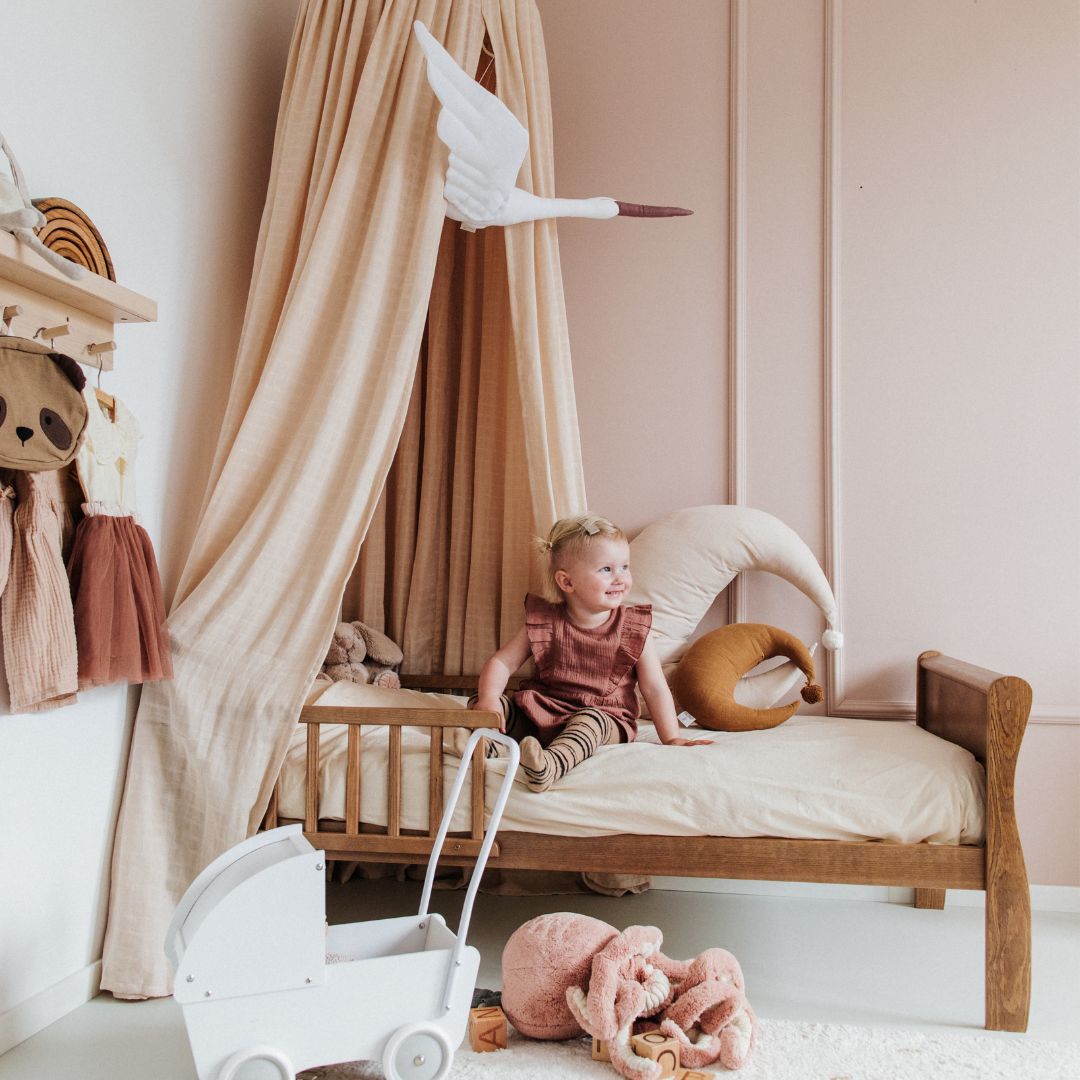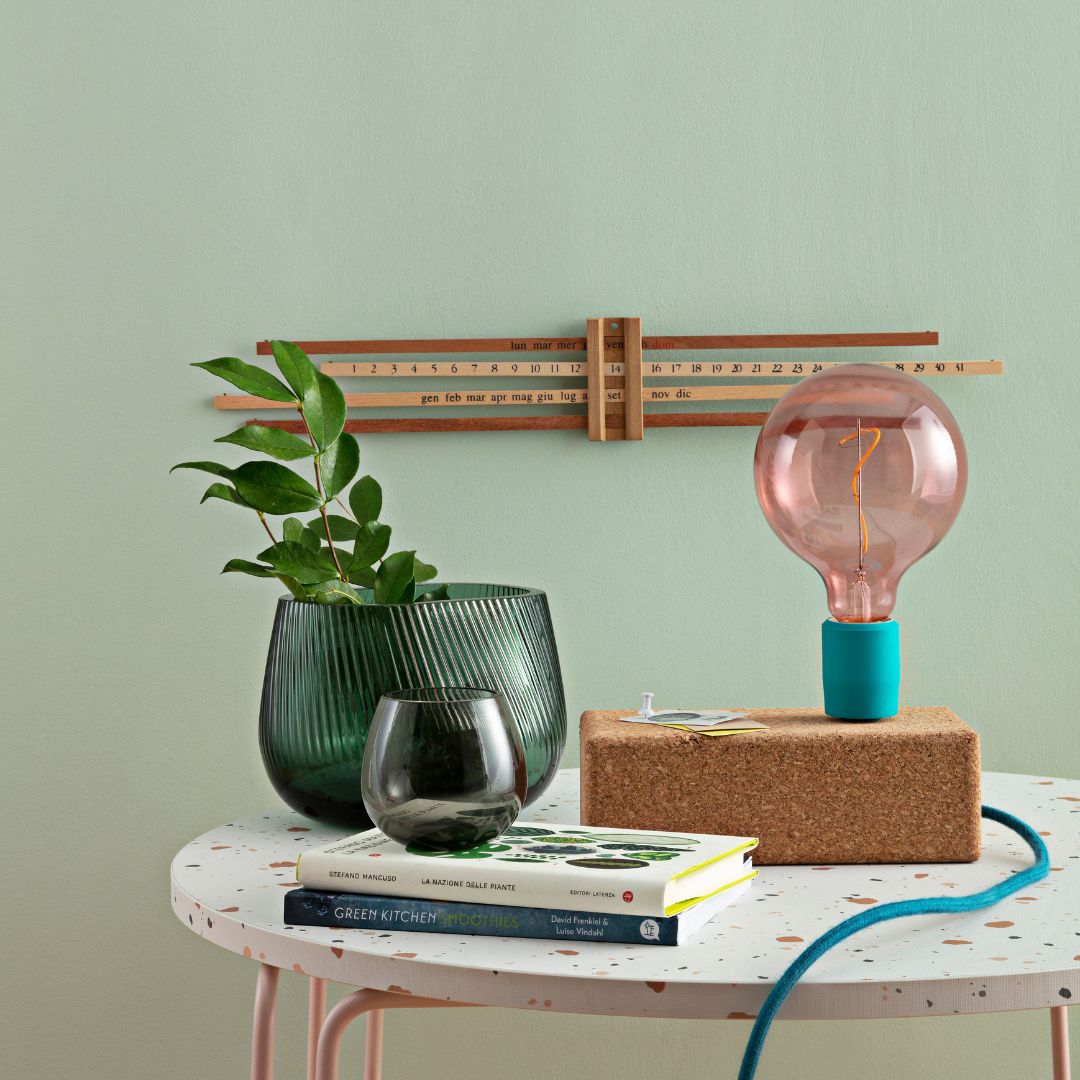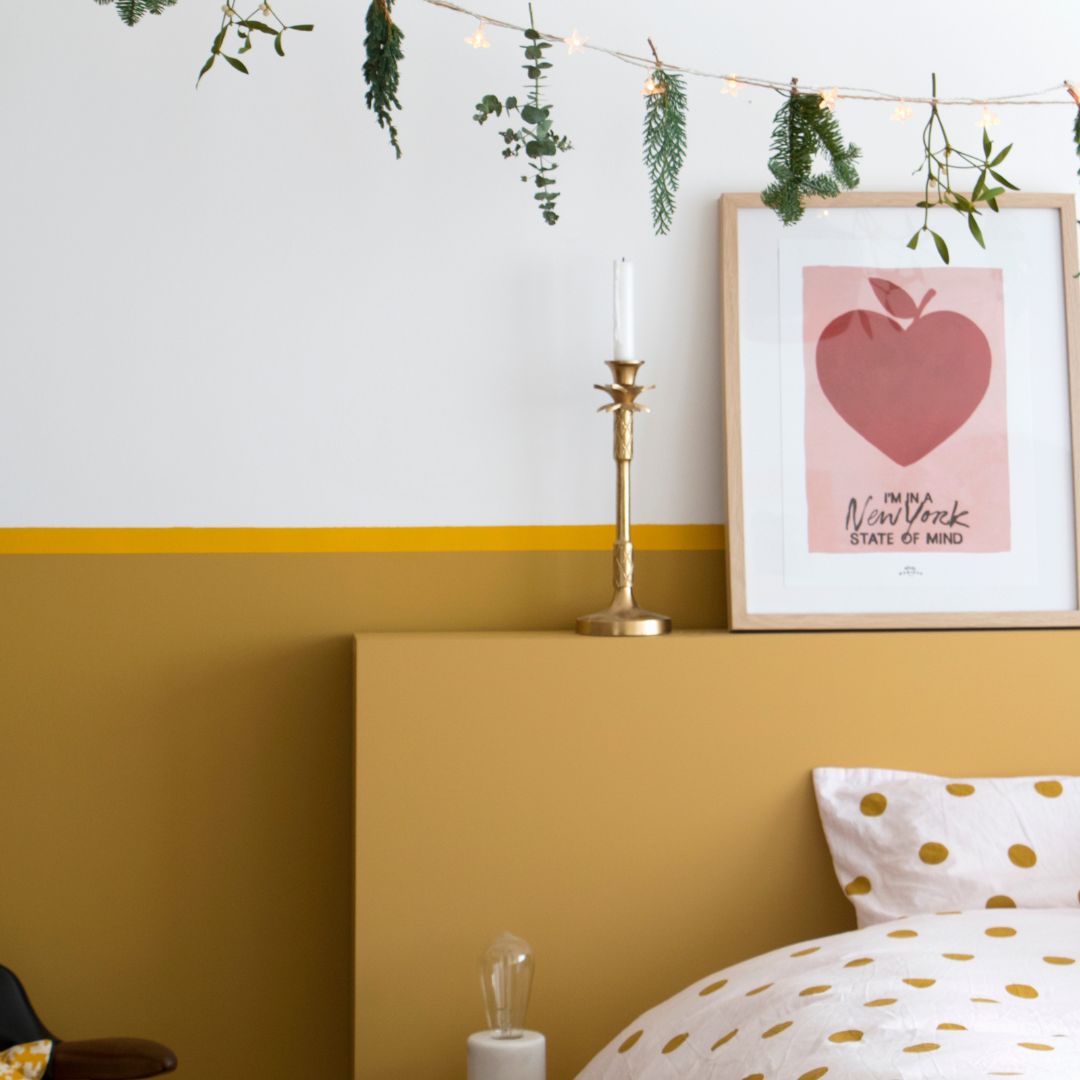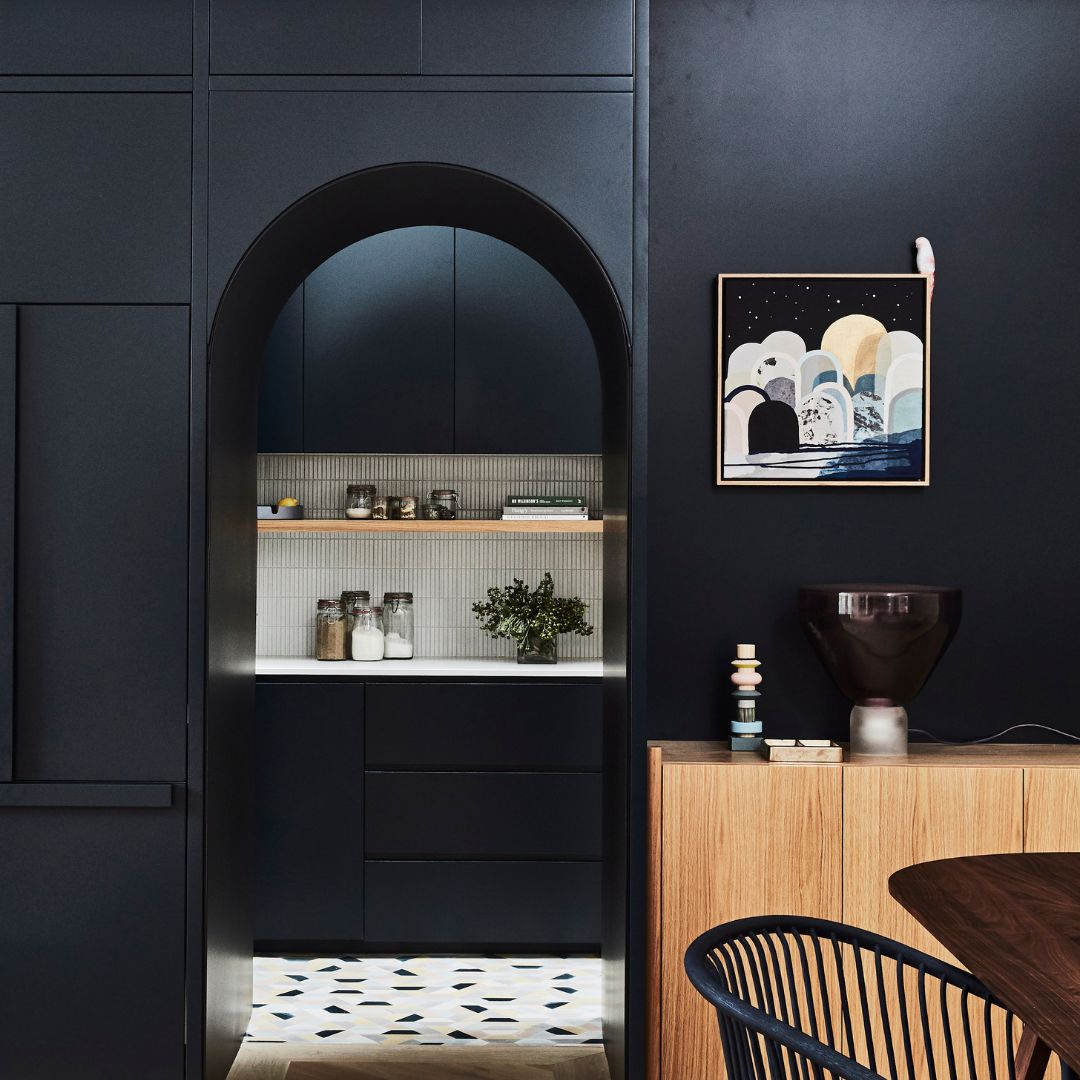Beige and blue are complementary colors in decorating. It's only natural to consider implementing this color combination in the living room. These two colors transcend trends and remain timeless in decorating. This makes them a key color combination to use for your living room decor.
Beige, often considered a neutral shade, is very easy to use and combine, serving as a base for any room in the house, especially the living room. Using beige in your living room also ensures that you successfully highlight the color that will accompany your room, especially the living room. This is also why we think that beige and blue are very pleasant and warm colors.
Blue evokes tranquility and serenity, making it a great color to use in a living room.
Why use beige and blue in a living room?
Beyond the decorative aspect, colors play an essential role in an interior. They influence the perception of space, brightness, and even our mood.
The advantages of beige in decorating your living room
Beige is a timeless color: soft and adaptable to a wide range of settings. It resembles natural shades like sand or linen.
Choosing a shade of beige also means having a warmer shade than white can be. While there are many different shades of beige available today, we tend to favor standard, neutral beiges.
However, the biggest advantage of beige is its ability to maximize the natural light in your living room . Better yet, the diffusion of light helps visually optimize the space in your living room. In other words, it will appear larger.
The very wide range of beige colors allows you to obtain a wide range of shades of beige, which allows you to adapt the beige according to the style you want to give to your living room.
The advantages of blue in a living room
Blue is a perfect contrast to beige. Using blue can energize and structure a space. While beige is a neutral shade that's always the base color used in a living room, there are a multitude of blues, and not all of them will have the same impact on your living room.
If we divide the color blue into two categories: light blue and dark blue, it's true that light blue is a standard color when used on the walls of a small living room. Soft and soothing, light blue is known for being soft and calming.
Among our color chart, watercolor sky blue is the softest blue we offer. Modern and understated, it's a blue you can use with more pronounced beiges, such as taupe or earth tones.
Conversely, using a dark blue will reconsider the space and bring character to your living room.
As mentioned earlier, beige is often considered the base color for a color scheme. Conversely, blue is meant to offer a more personal touch and, above all, to bring differentiation. Blue should be used on a single wall, ensuring it doesn't visually overload the space.
In conclusion, beige structures the space by guaranteeing harmony, while blue will have the role of energizing and bringing the necessary character to your living room.
Our tips for choosing the right shade of beige and blue for a living room
The combination of beige and blue works well with any decor style, from classic to modern and contemporary. However, choosing the right color is crucial to achieving a warm and cohesive combination.
So, what better way to use beige and blue colors in the living room than by considering them?
An elegant atmosphere
Golden caramel beige is a natural color and can be a great color idea for many living areas in the home that lack natural light, such as the bedroom and living room. Paired with this warm, modern beige, the use of navy blue will complete the look. Navy blue transcends time and energizes the atmosphere, making it subdued and chic.
To go further, this color combination will be perfect when used with wooden furniture or if you have a fabric sofa in a light, neutral color.
A minimalist atmosphere
Minimalist style works with colors that are soft and natural. There are many beiges that can be used: charming almond beige, cream beige, pampas beige, and even linen field beige. To a certain extent, warm white can also be considered a suitable shade for minimalist inspiration.
Linen field beige is neutral enough to pair with virtually any color and a wide range of accessories. When it comes to decor, using this beige helps diffuse light and, even better, optimize its distribution throughout the room.
A modern and contemporary decor
If your goal is to achieve a contemporary interior, then combining a slightly grayed taupe beige with midnight blue makes sense. Greige is one of those shades that can be described as a hybrid, as it can be considered either gray or beige.
The advantage of this beige lies in its ability to be used with deeper colors: and midnight blue is one of these options.
Other colors that can be used in a living room in beige and blue
Some colors haven't been mentioned, but they can definitely be used in a living room. Without further ado, let's take a look at some color ideas for living rooms or dining rooms.
Duck blue
This shade has been particularly popular and highlighted in recent years. Duck egg blue is actually a color that has been very trendy lately. Perfect on a wall in the living room, duck egg blue will enhance the decorative accessories and elements that make up the room, such as your furniture, your sofa, and potentially your armchair.
The coquettish blue-green
While blue is very popular, the same can be said for green, which is known for adding depth to spaces. A color that can be considered personal, it will bring out a certain intimacy in the living room.
Cherry Blossom Beige
It's a very easy color to use in any room, whether it's a living room, a kitchen, or a bedroom. This beige can also be used on walls and ceilings in living rooms. It can be used as a total look or in combination with a wide range of colors, such as a charming blue-green, for example.
